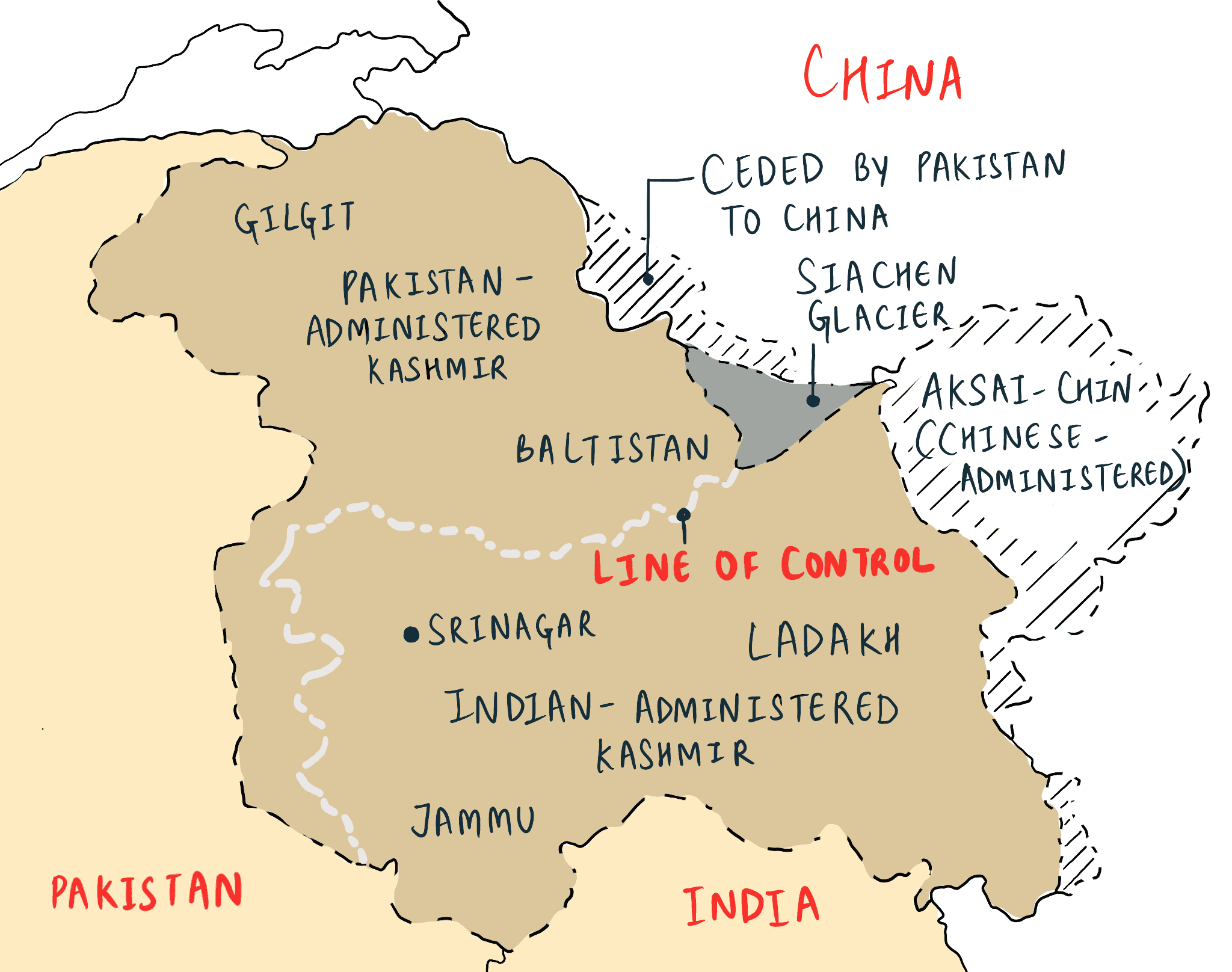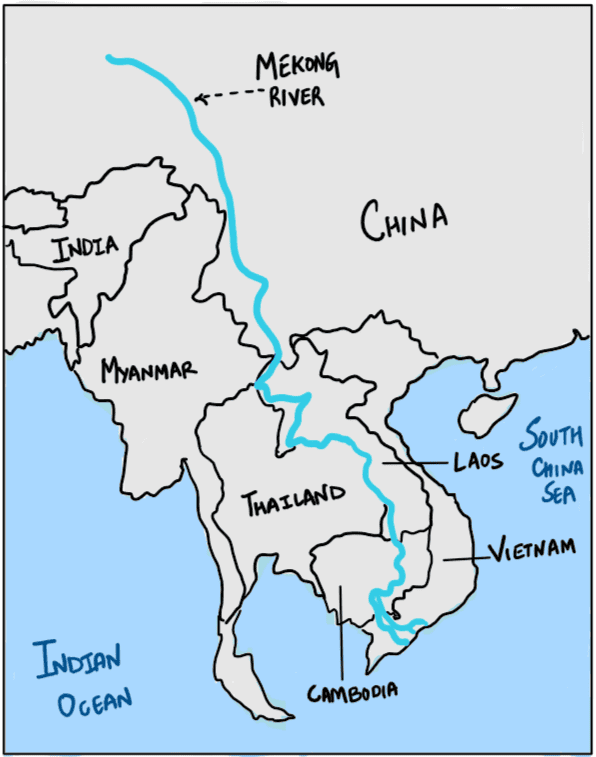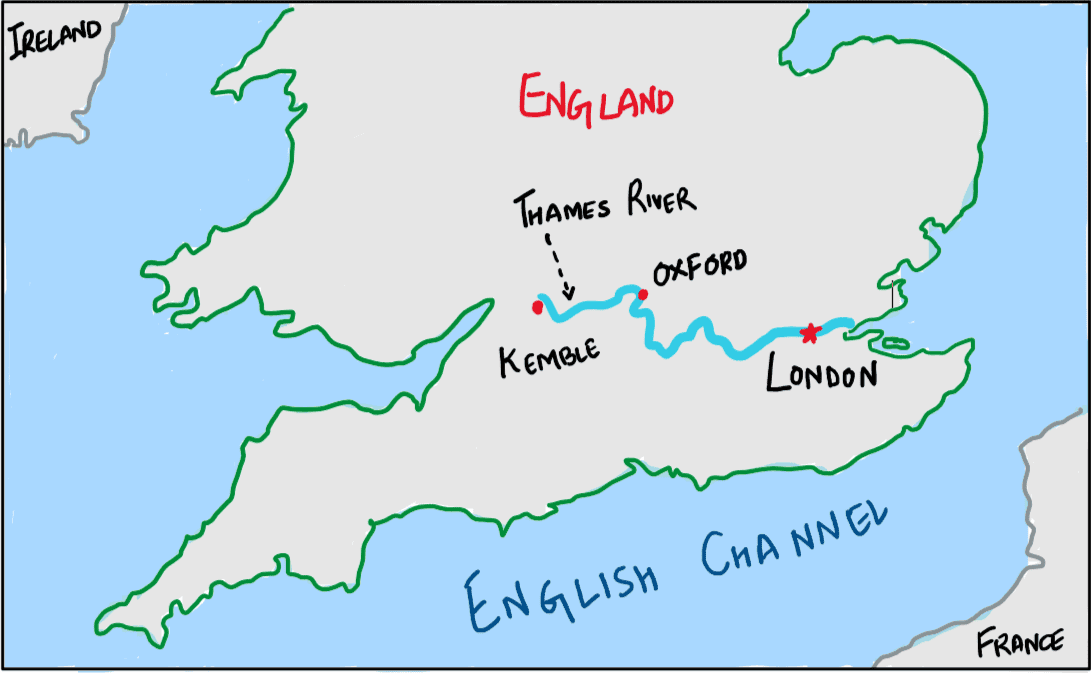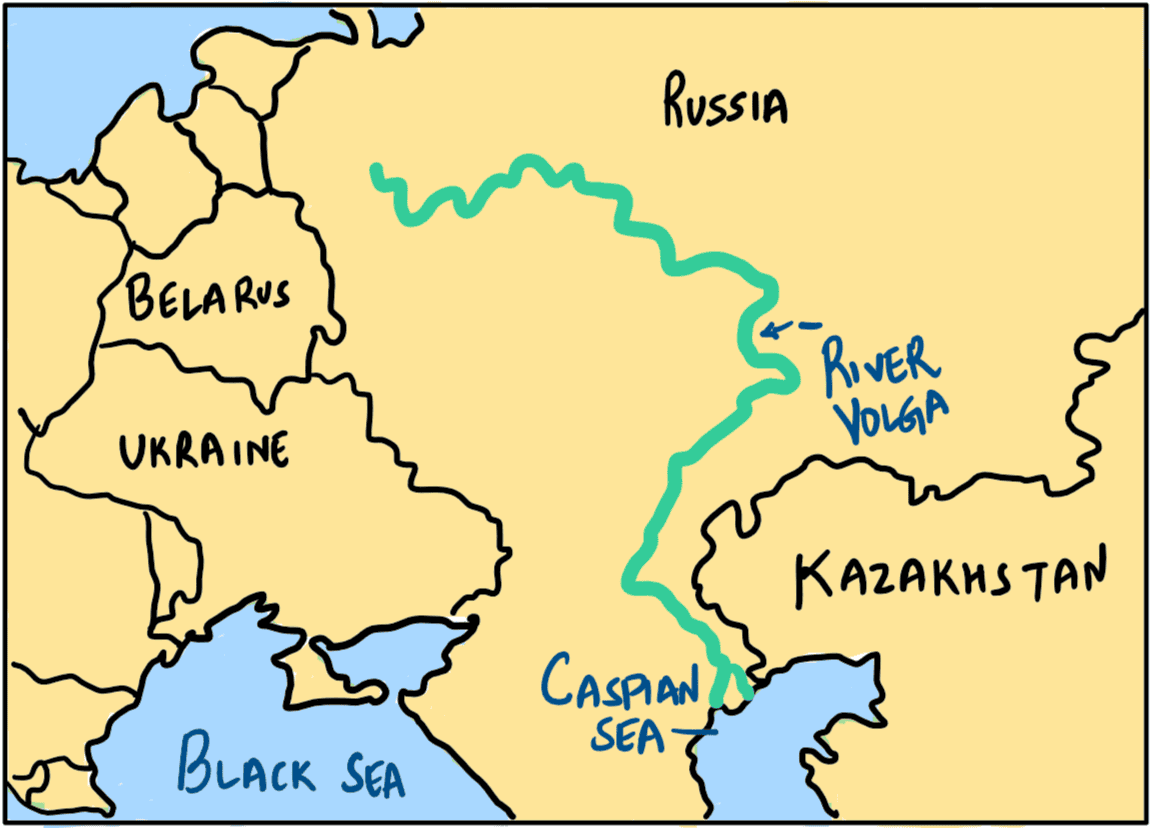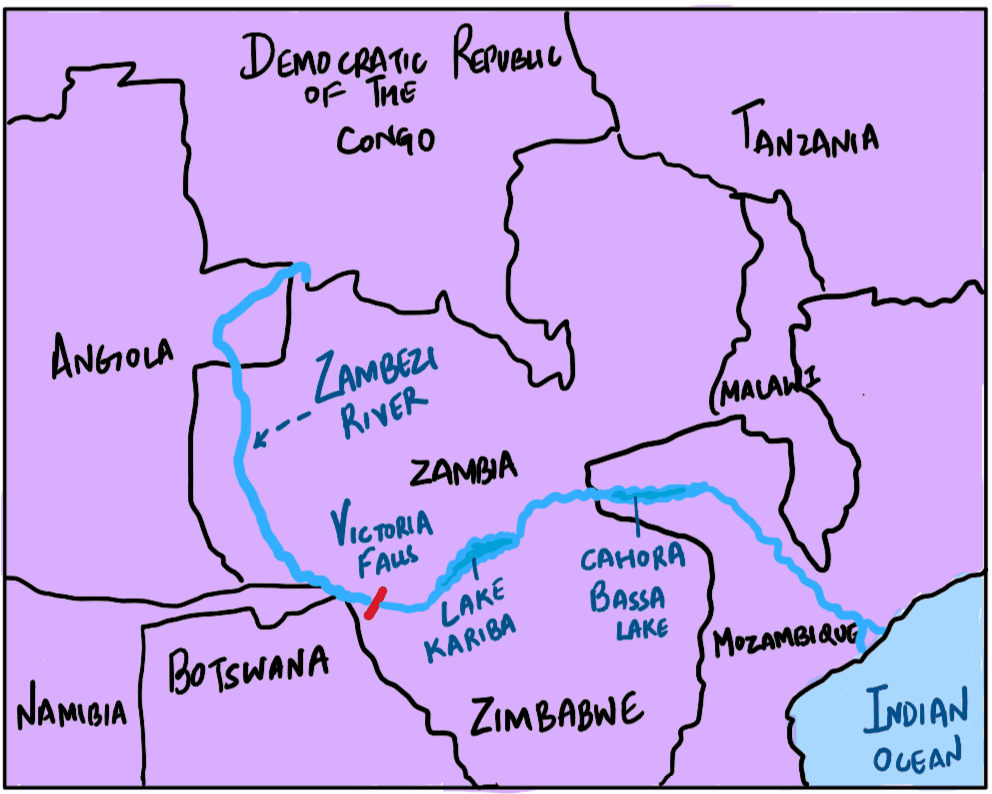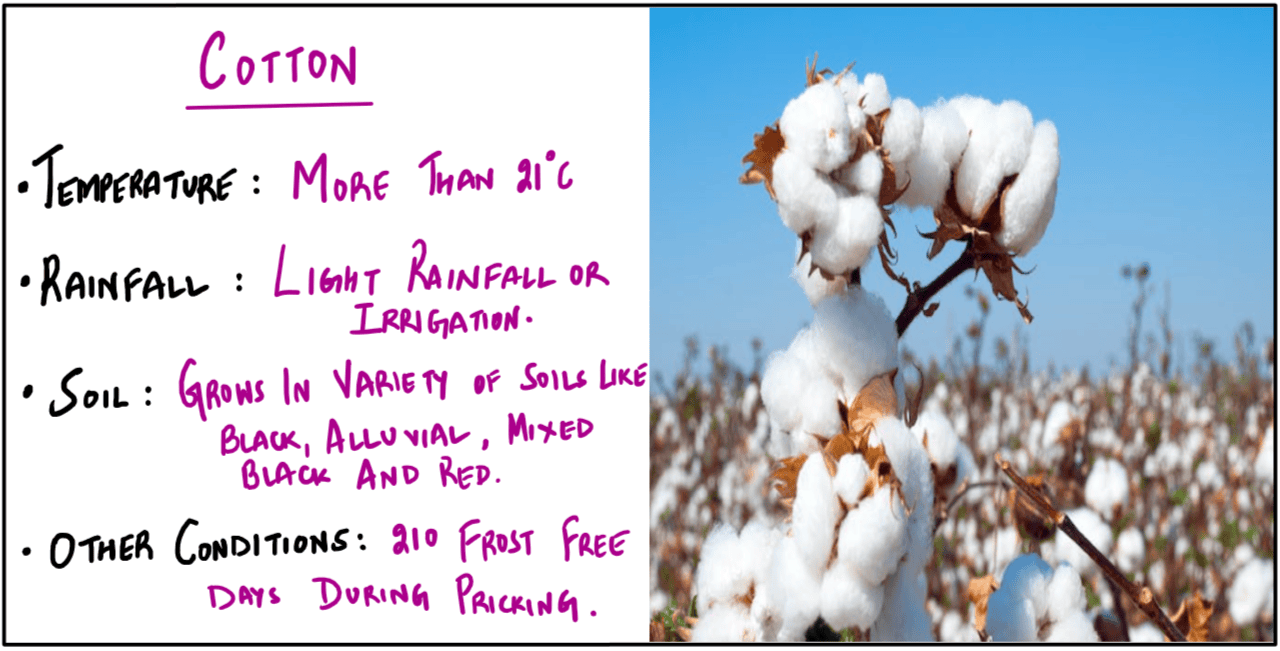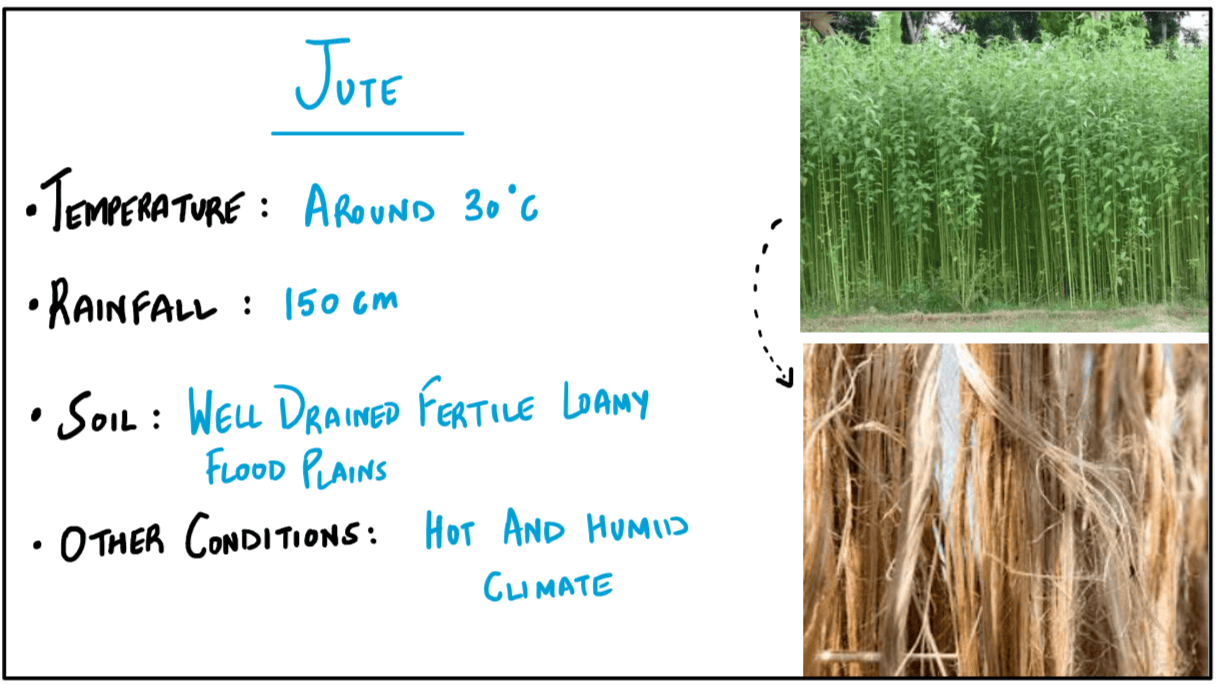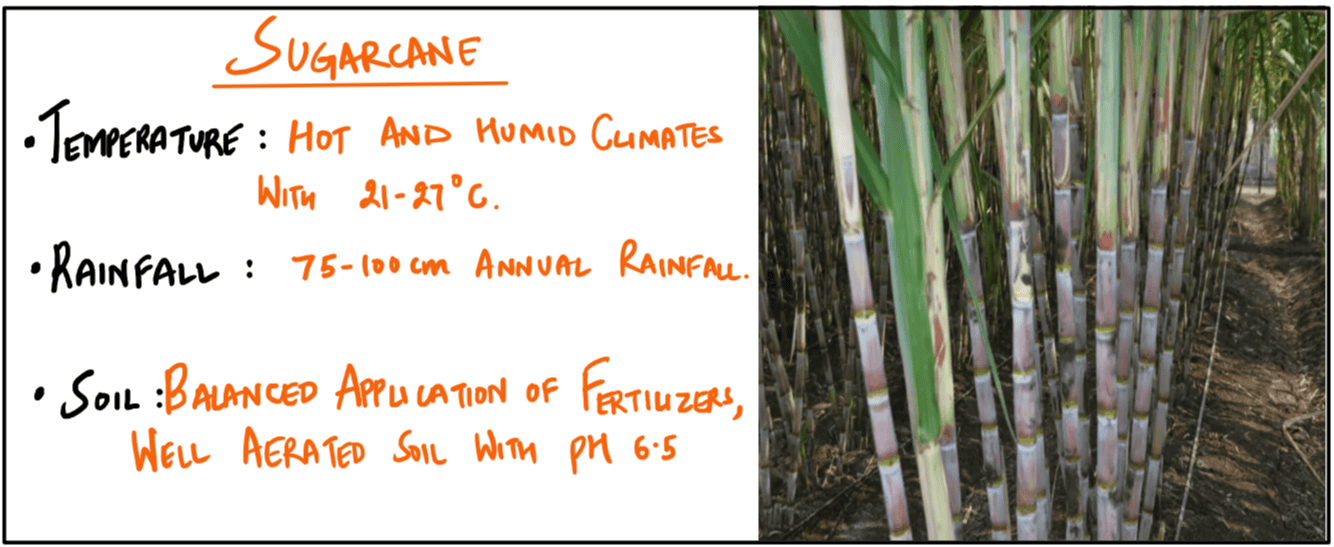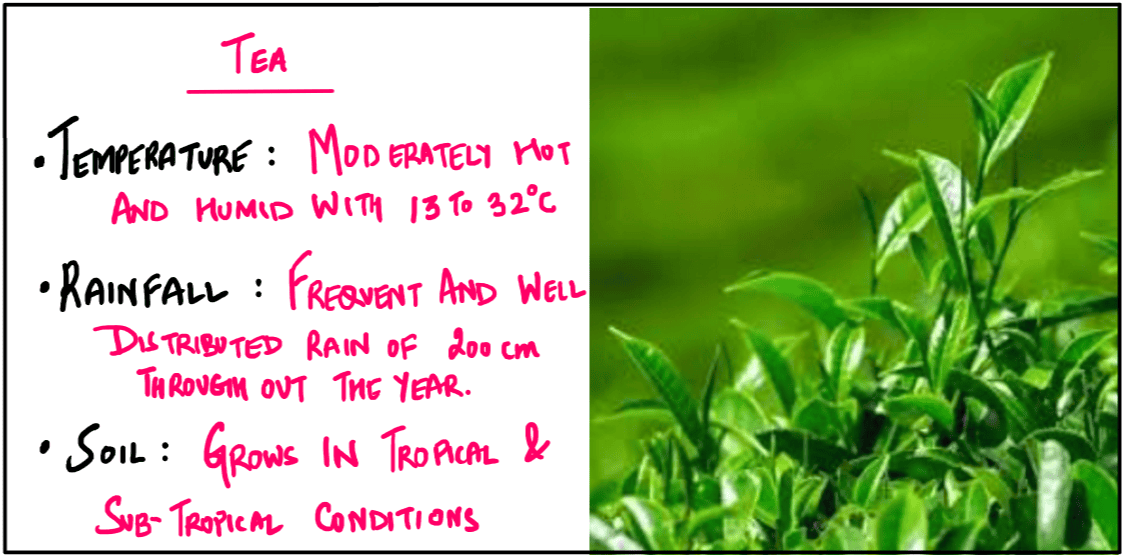UPSC Prelims 2020 Analysis
Subject-Wise MCQ Distribution
The UPSC Prelims 2020 maintained its dynamic nature, demanding strong analytical abilities across subjects.
- Environment & Ecology: 19 questions, emphasizing its crucial role in both the Civil Services Examination (CSE) and Indian Forest Service (Ifos) prelims.
- Economy: Emerged as the dominant subject with 21 questions, underscoring its foundational significance.
- Indian Polity: 15 questions, reinforcing its position as one of the most essential areas for aspirants.
- History: A well-distributed section with 3 questions from Ancient History, 2 from Medieval History, 9 from Modern History, and 5 from Art & Culture.
- Geography: 6 questions on Indian Geography, 1 on Physical Geography, and 1 on World Geography. Some questions required maps-based knowledge.
- Science & Technology: 13 questions, highlighting its increasing significance in the exam.
- International Relations: 3 questions, marking a decline from previous years but still requiring awareness of global affairs and India's foreign policy.
- Social Issues & Schemes: 2 questions, demonstrating the need for understanding government programs and their societal impact.

Difficulty Analysis
- Easy: 30 questions, requiring fundamental knowledge.
- Medium: 43 questions, designed to test deeper understanding and application.
- Hard: 27 questions, focusing on conceptual depth and critical thinking.

Variations in Question Framing
- Multi-Statement Based: 63 questions, testing analytical abilities through comparisons and logical deductions.
- Direct Questions: 37 questions, yielding approximately 74 marks.
- Assertion & Reasoning: Notably, no assertion and reason-based questions were asked this year.
- Match the Following: Several match the following type questions were present, assessing conceptual clarity across subjects.

Static vs Current Affairs Distribution
- Static Questions: 75% of the paper, reflecting the importance of mastering NCERT fundamentals.
- Current Affairs: 25 questions, many of which blended static concepts with contemporary relevance. Economics and Science & Technology, in particular, were influenced by recent developments, making it difficult to separate static from dynamic content.
Key Learnings for Future Preparation
The UPSC Prelims 2020 presented several challenges due to its unique question patterns and focus areas:
The exam was challenging and unconventional, requiring strong analytical abilities.
Heavy focus on Science & Technology, Environment, and Agriculture.
Topics like eco-friendly farming, biochar, and MSP were particularly tricky.
While current affairs played a role, most questions were static and application-driven, demanding a strong conceptual foundation.
Underrepresented areas included:
Key government schemes
COVID-19-related policies
International organizations
The unpredictability of the exam reaffirmed the need for:
Well-rounded preparation
NCERT-based conceptual clarity
Interdisciplinary approach was crucial, integrating multiple subjects effectively.
Subject-Wise Answer Key
QUESTION 1
Hard
Indian Geography
Prelims 2020
With reference to Ocean Mean Temperature (OMT), which of the following statements is/are correct?
- OMT is measured up to a depth of 26°C isotherm which is 129 meters in the south-western Indian Ocean during January-March.
- OMT collected during January-March can be used in assessing whether the amount of rainfall in monsoon will be less or more than a certain long-term mean.
Select the correct answer using the code given below:
A. 1 only
B. 2 only
C. Both 1 and 2 only
D. Neither 1 nor 2
QUESTION 2
Easy
Indian Geography
Prelims 2020
Siachen Glacier is situated to the
A. East of Aksai Chin
B. East of Leh
C. North of Gilgit
D. North of Nubra Valley
QUESTION 3
Hard
World Geography
Prelims 2020
Consider the following pairs:
| River | Flows into |
|---|---|
| 1. Mekong | Andaman Sea |
| 2. Thames | Irish Sea |
| 3. Volga | Caspian Sea |
| 4. Zambezi | Indian Ocean |
Which of the pairs given above is/are correctly matched?
A. 1 and 2 only
B. 3 only
C. 3 and 4 only
D. 1, 2 and 4 only
QUESTION 4
Easy
Indian Geography
Prelims 2020
“The crop is subtropical in nature, A hard frost in injurious to it. It requires at least 210 frost-free days and 50 to 100 centimetres of rainfall for its growth. A light well-drained soil capable of retaining moisture is ideally suited for the cultivation of the crop.” Which one of the following is that crop?
A. Cotton
B. Jute
C. Sugarcane
D. Tea
QUESTION 5
Medium
Physical Geography
Prelims 2020
Consider the following statements:
- Jet streams occur in the Northern Hemisphere only.
- Only some cyclones develop an eye.
- The temperature inside the eye of a cyclone is nearly 10°C lesser than that of the surroundings.
Which of the statements given above is/are correct ?
A. 1 only
B. 2 and 3 only
C. 2 only
D. 1 and 3 only
QUESTION 6
Hard
Indian Geography
Prelims 2020
With reference to the current trends in the cultivation of sugarcane in India, consider the following statements:
- A substantial saving in seed material is made when ‘bud chip settlings’ are raised in a nursery and transplanted in the main field.
- When direct planting of setts is done, the germination percentage is better with singlebudded setts as compared to setts with many buds.
- If bad weather conditions prevail when setts are directly planted, single-budded setts have better survival as compared to large setts.
- Sugarcane can be cultivated using settlings prepared from tissue culture.
Which of the statements given above is/are correct?
A. 1 and 2 only
B. 3 only
C. 1 and 4 only
D. 2, 3 and 4 only
QUESTION 7
Hard
Indian Geography
Prelims 2020
Consider the following minerals:
- Bentonite
- Chromite
- Kyanite
- Sillimanite
In India, which of the above is/are officially designated as major minerals?
A. 1 and 2 only
B. 4 only
C. 1 and 3 only
D. 2, 3 and 4 only
QUESTION 8
Hard
Indian Geography
Prelims 2020
With reference to pulse production in India, consider the following statements:
- Black gram can be cultivated as both kharif and rabicrop.
- Green-gram alone accounts for nearly half of pulse production.
- In the last three decades, while the production of kharifhas increased, the production of rabi pulses has decreased.
Which of the statements given above is/are correct?
A. 1 only
B. 2 and 3 only
C. 2 only
D. 1, 2 and 3
